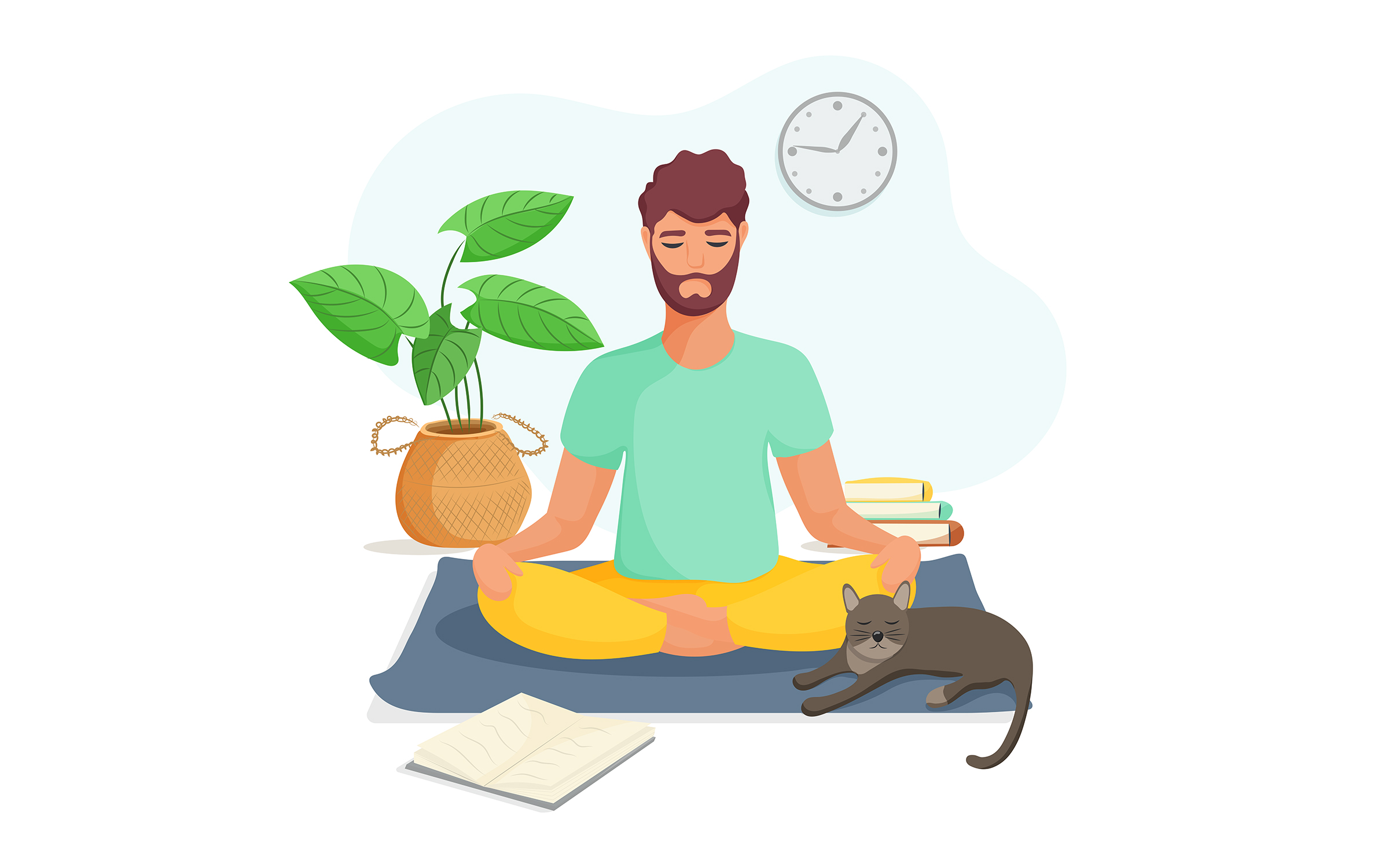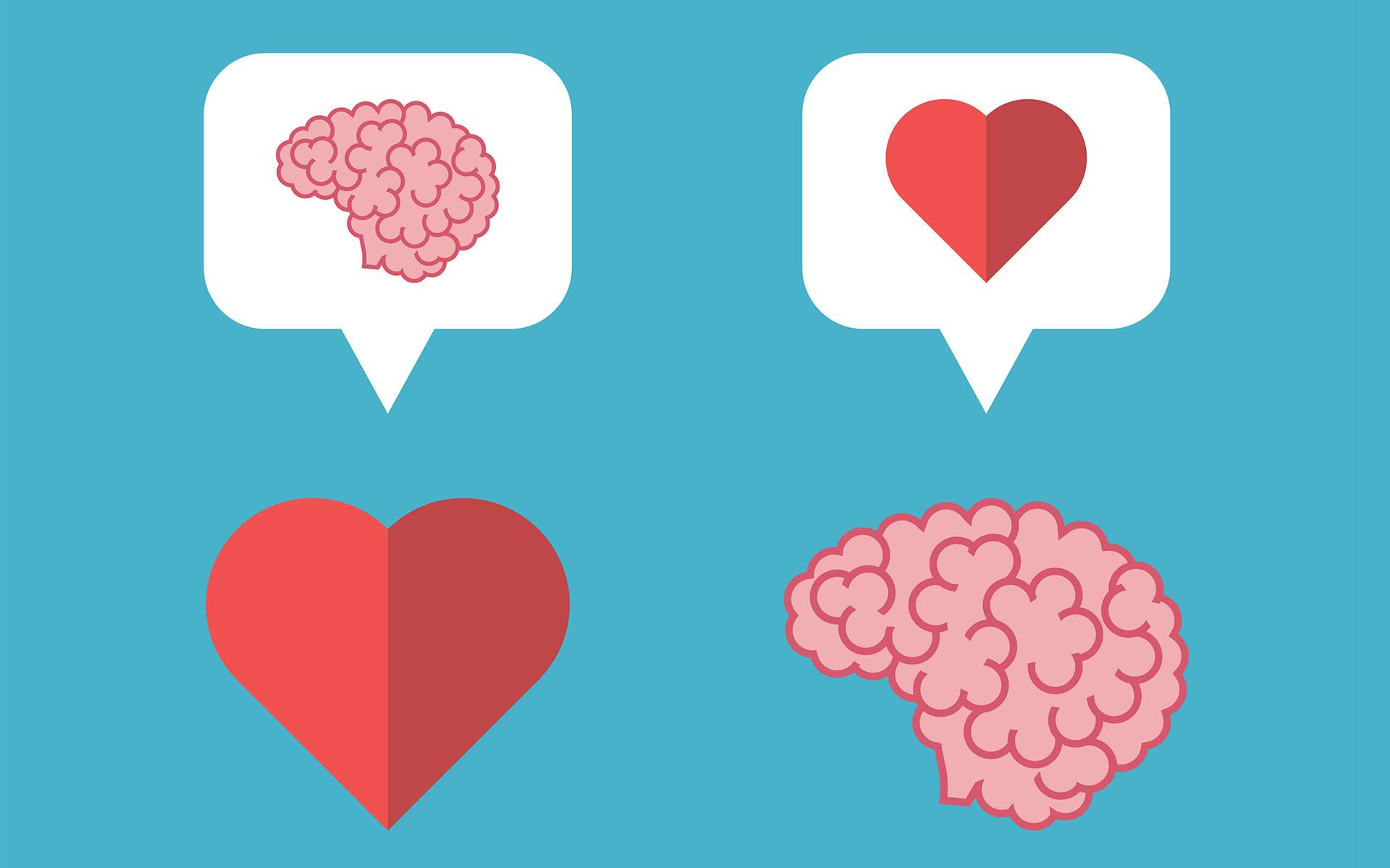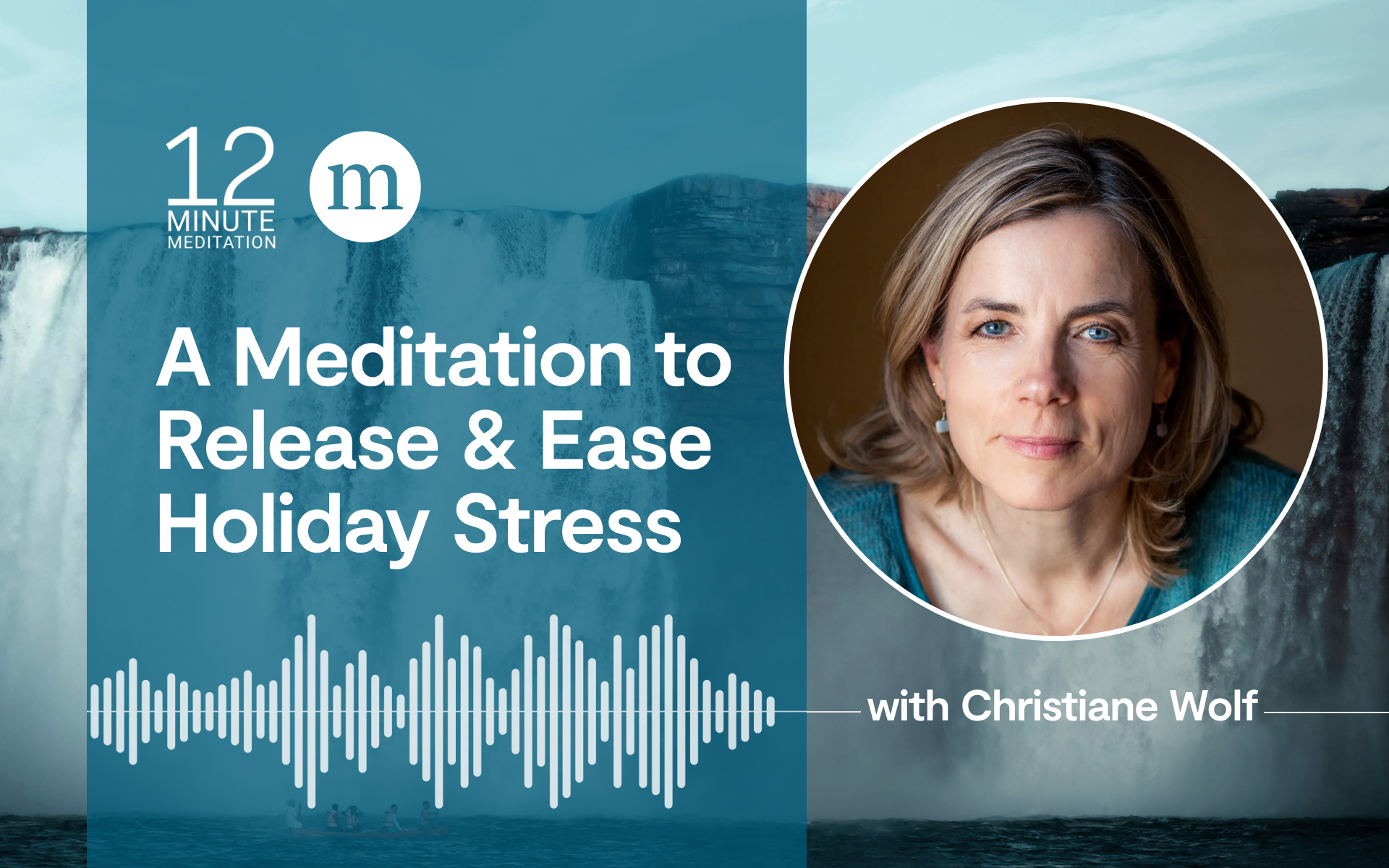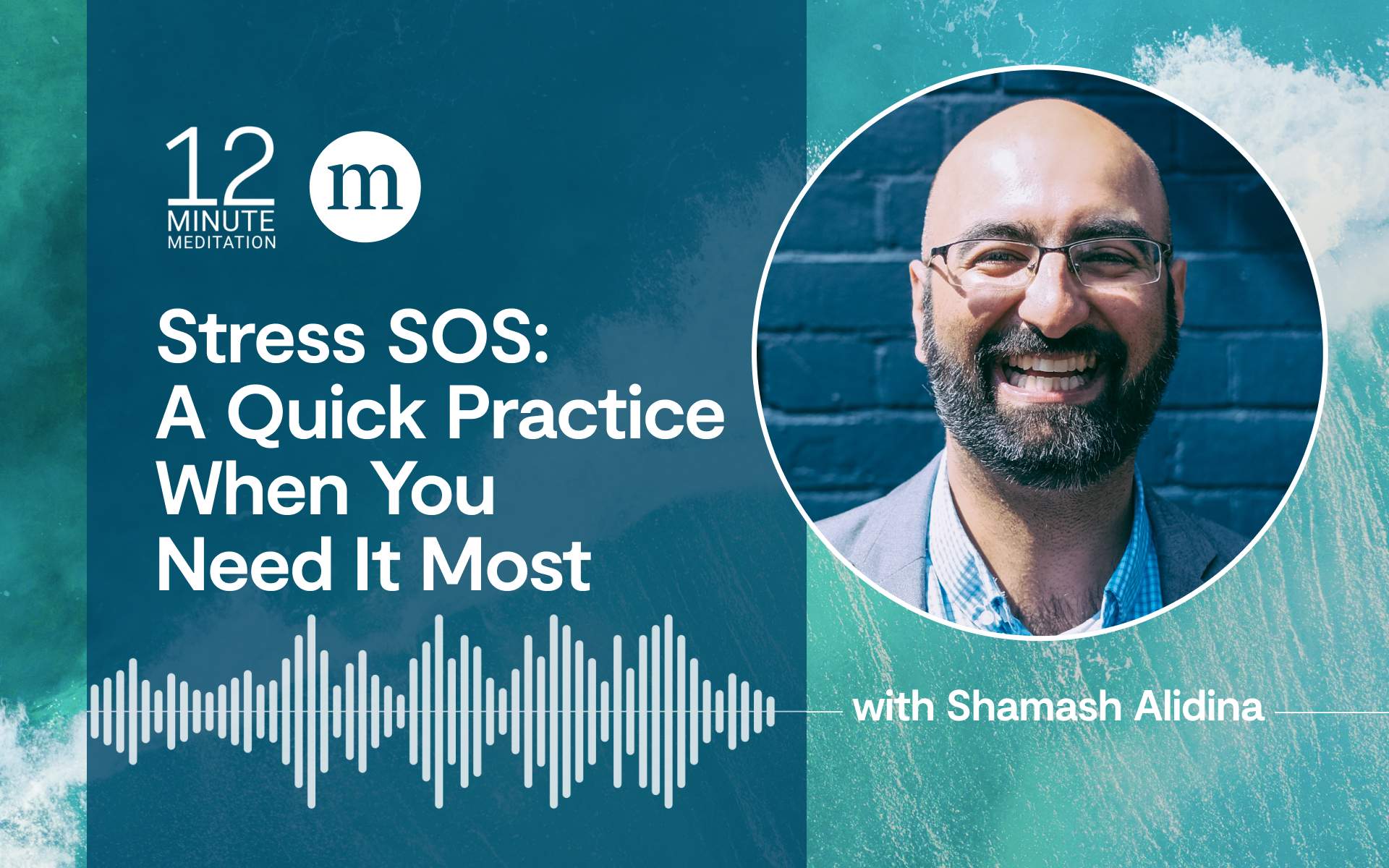In December 2019, I traveled to Washington, DC, to visit the National Museum of African American History and Culture (NMAAHC), at the urging of Ericka Phillips, a lifelong meditator, mindfulness meditation guide, and community organizer who also develops mindfulness-centered, community-focused workshops. She’s a rising thought leader in the mindfulness world, which is why she was asked to collaborate with the museum to design programming that incorporates mindfulness to engage audiences and enhance and support the visitor experience. “The museum,” Ericka told me, “is a representation of the journey of Black Americans and the story of America. And that story is one of liberation. It is a story of a journey toward freedom. Similarly, meditation is a practice of liberation. I want to help visitors see and experience meditation as a way we can practice our own liberation and experience freedom in the present moment.”
“The museum,” Ericka told me, “is a representation of the journey of Black Americans and the story of America. And that story is one of liberation.
(Since the museum had to close its doors during the pandemic, we’ll report on the specifics of the on-site mindfulness program when the museum opens again. In the meantime, its events page lists online offerings, including mindfulness.)
I‘ve seen many incredible museum spaces, but nothing prepared me for the magnificence of the NMAAHC. It immerses you in a way that makes knowledge visceral. As founding director Lonnie Bunch conveys in an introductory video, the experience is about what you need to know, not what you think you know. The journey begins with time travel: You enter a large, dimly lit glass elevator and descend three floors, watching the dates on the wall decrease until you’re at the year 1400. Soon, in a cramped, dark space meant to convey the traumatic breath stealing conditions on a slave transport, you’re introduced to the transatlantic trade in human beings: the many ships, how Africans were kidnapped, their eventual destinations, and the appalling numbers. Exhibits evoke the tight quarters, the backbreaking labor, the astounding cruelty of enslavement.
After the Civil War and Emancipation, a ramp takes you to the second floor, which depicts segregation, Jim Crow, and the birth of the Civil Rights movement. The third subterranean floor begins in 1968—a tumultuous time that included the death of Rev. Dr. Martin Luther King, Jr.—and ends with the election of President Obama and the present day.
After visiting and experiencing the museum many times herself and observing people in the space, Ericka saw that “the feelings and emotions are extremely palpable and I want to design programming that caters to those aspects of the experience. Whether that’s creating space for guided reflection and contemplation or giving people permission to just take a moment and breathe.”
When you emerge from the lower floors, the museum offers something extraordinary: the contemplative court, a cavernous room with a circular shower of cooling waters raining from stories above into a shallow pool. As you sit in the immense space, a healing mist and gentle sounds envelop you. There, grief over lives horrifically lost can inspire a resolve to examine causes and conditions and help bring about change.
In the museum’s contemplative court, cooling waters rain from stories above into a shallow pool. As you sit, a healing mist and gentle sounds envelop you. There, grief over lives horrifically lost can inspire resolve to help bring about change.
The rest of the museum rises three more stories, where struggle mixes with glory, more light pours in, and a major theme is “Making a Way Out of No Way”—a motto that helped Black people rise against all odds. We also see the evidence of how much farther this journey has to go. We need many tools—as individuals, families, organizations, communities—to transcend bias and inequality, and make change. As Ericka demonstrates in her work, finding a few moments of nonjudgmental, open space in one’s mind can be one of those tools. As she told me, “Some people are encountering this information for the first time, and even if not for the first time, for the first time all at once. I hope to assist visitors as they reflect on notions of liberation and freedom, and to draw inspiration from this incredible story of triumph and this magnificent museum.”
read more
How a Meditation Teacher Can Level Up Your Practice
You could deepen your practice on your own, but as Barry Boyce writes, finding a great mindfulness meditation teacher can give you the confidence to trust your inherent wisdom. Read More
You Can Investigate Your Emotions Without Suppressing Them
Founding editor Barry Boyce answers our questions about emotional intelligence, being kind to ourselves, and turning toward our emotions. Read More










